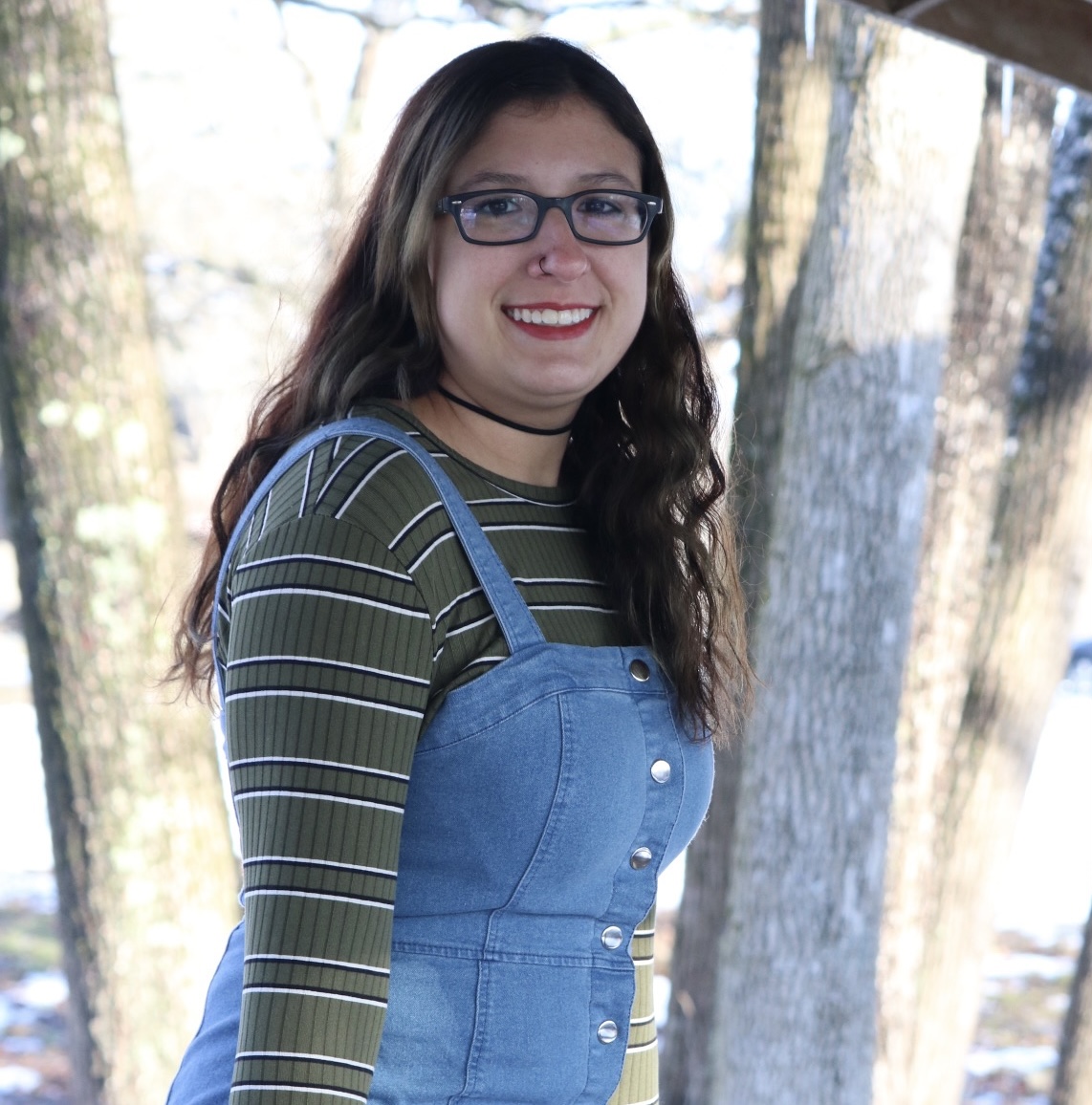It’s that time of the year again. The time of the year that writers spend laughing, crying and pulling clumps of hair out over invisible deadlines. That’s right, it’s NaNoWriMo. If you don’t know what NaNoWriMo is, you are quite fortunate. If not, nice to meet you, fellow author. Have you met your word count for the day? Yeah, me neither. In all seriousness though, it’s supposed to be a creative and motivational month, which is exactly what we’ll make of it. We’re in this together.
To get through the month, you first must understand the rules so you can bend them up and plan around them. National Novel Writing Month (NaNoWriMo) is a yearly event where authors commit to writing a 50,000-word novel within the month of November. The rules are pretty straightforward; starting at 12 a.m. local time on Nov. 1, writers begin drafting a novel. Whether it’s one you’ve been staring at on your computer for years or an entirely new concept is up to you. Since the rules don’t state anything about planning ahead, this brings me to the first tip for writing this many words in such a short amount of time.
Plan and Research
Since there are no rules about brainstorming or creating a plan, many people often recommend this. It’s beneficial to give yourself a head start. Figure out what it is you want to write about. Who you want to write about. Not only that, make sure it’s a story you’re passionate about. If you aren’t excited about it, you won’t be willing to put aside time for it every day. Don’t let any idea scare you off. I’ve written about some pretty obscure concepts. I knew that some of them wouldn’t resonate with all readers, but I wrote about them, nonetheless. I wrote about them because I loved them. A challenge like this requires that same type of love.
After you’ve decided what you will be writing about, you need to consider all the information you’ll need to know. For instance, if you’re writing about a mermaid detective that solves crimes under the sea, you might want to research the ocean and the creatures that reside within it. Make sure you have all the vital information before the month of November even begins. If you become knowledgeable about your subject, that will shave off more time and work.
While it’s hard to predict exactly where your writing is headed, creating an outline can make the process easier as well. Even if it’s broad, having a plan is better than not having one. It’s time to think back to our middle school roots when we had to learn the plot diagram, with our little stick guy climbing up the mountain. If your plot diagram doesn’t fit the traditional one, create one anyway. Create one that best explains the story you’re trying to tell. Each and every one of these aspects will help you start writing once the first of November hits.
Set Aside Time
This is most definitely the hardest part of the writing process: actually writing. Especially with being in college, it can be hard to find time to do anything, let alone write an entire novel. Regardless, trying to create a routine of any kind can be helpful. If you vow to sit down each day — even if it’s for as little as 15 minutes — you’ll be amazed at how many words you can actually pump out. In my writing classes, a lot of my professors would give us 10 minutes at the end of class to begin writing our story for the week and I was always so impressed with how much I wrote. It was always more than I had expected.
I feel as if getting started is the hardest step. Once you do that, it’s easier to ramble on for hours. If you dedicate a small amount of time for this first step, it’s not as overwhelming to get started. If you find yourself still writing after that time limit, then the trick has worked and you might be on a roll. If you are, always keep going. Try to keep that pen moving. If not, then that’s okay too because you still wrote for the required time you had set. It’s a win-win situation. A simple exercise that works more than you realize.
Be Kind To Yourself During NaNoWriMo
For me, this will always be the most important tip to remember. Be kind to yourself. It’s so easy to get caught up in the pressures of writing. I find myself asking the same few questions: Will I finish in time? What if everyone hates it? Am I even good at writing? Tell those voices — and tell those questions — to screw off. It’s a fun challenge that was created to motivate lazy writers like myself, not to add even more pressure on us than there already is. Remember, it’s a rough draft. It doesn’t have to be great. It doesn’t even have to be good. That’s what editing and revising are for. Be proud of however much you complete because attempting this challenge in the first place is an accomplishment in and of itself.
In the end, it’s just a self-motivating challenge. The NaNoWriMo challenge is for you. What you decide to do with it is up to you. It’s not supposed to be overwhelming — even though it definitely can be. It’s meant to test yourself as a writer and see how much you’re willing to push yourself in order to meet that deadline. A way to stop letting life get in the way of one of the things you love doing the most. If at any point it stops being a fun, creative way for you to express yourself, then you’ve lost the essence of the challenge in the first place. Good luck to every participating novelist and I can’t wait to read your NaNoWriMo novels in the future.

















